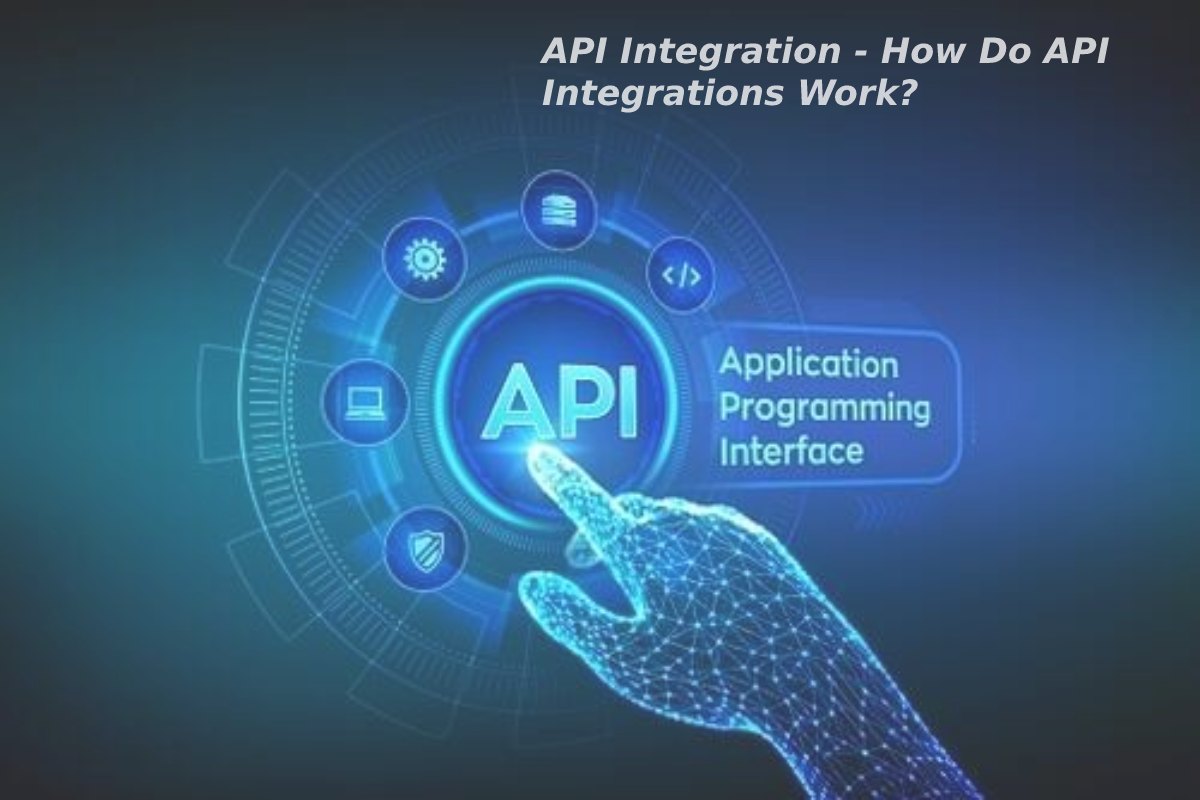Table of Contents
API Integration
API Integration connects two or more applications via their APIs, which lets those systems exchange data. An API integrations power processes throughout many high-performing businesses that keep data in sync enhance productivity, and drive revenue.
What is an API?
An API, or “application programming interface, A set of subroutine definitions, protocols, and tools for building application software. In general terms, it is a set of clearly defined methods of communication between various software components.”
Understanding APIs and API integrations
Perhaps the easiest analogy to explain the API is, of all things, the way international shipping has changed over time. Before World War II, products were generally shipping as “break bulk” – loaded individually onto freight ships by squads of longshoremen.
However, after World War II, the way freight was shipped changed permanently once intermodal freight transport gave rise to standardizing shipping practices. So long as a company’s wares fit inside a container of agreed-upon size at an agreed-upon maximum weight, they could be shipped anywhere in the world.
In the same way, APIs act as shipping vessels for software. While freight is shipping in ships made of reusable steel, APIs for web services consist of all the interactions or messages passed to (requests) and from (responses) an application. APIs have grown massively in popularity – more than 16,000 are in use in the wild, with some estimates going as high as 50,000.
The Most Commonly-Used API for Web Services: REST
For web-based services (that businesses use for CRM, marketing platforms, etc.), the most prevalent API is the REST API (pronounced “rest ay-pee-eye”), essentially the spiritual successor to SOAP (a mature API developed in the 1990s that uses XML for message formats, and may require an extensive XML framework to work with.)
70% of public APIs are REST APIs. REST APIs offer more flexibility, a gentler learning curve and work directly from an HTTP URL rather than on XML.
How Do Rest APIs Work?
At their simplest form, REST APIs for web services usually involve the following parties:
- Your web-based, API-enabled application
- Remote server
- Specific data request
- Returned data/function
While there are many different flavors of software and many other server flavors, REST APIs act as a standardized wrapper to help your API-enabled applications successfully communicate with online servers to make information requests.
How Do API Integrations Work?
The term API integration refers to how two or more applications can be connecting via their APIs to perform some joint function…using the API layer of two or more applications to make them talk to each other.
One of the most well-known API integration examples for marketing and revenue professionals is the Marketo -> Salesforce sync, which combines API integration between the two tools, and also adds an extra layer of automation. This trigger automatically updates data in both applications in response to updates on one side for specific data types.
API integration Marketo Salesforce
As Marketo itself explains, “The sync between Salesforce and Marketo is bidirectional only for leads, contacts, and Salesforce campaigns. In these cases, whenever you make changes in either Salesforce or Marketo, your updates will be reflects in both systems.”
What is the Cost of Building an API Integration?
The cost of building a single API integration can easily set you back $10,000+, depending on the complexity of the integration and the time investment of your developers. However, using pre-built integration and automation tools can cut your costs significantly and save your developers countless hours of work.
How can I Build an API Integration?
Building an API integration from scratch requires a deep understanding of each system that you’d like to connect, plus no small amount of technical expertise. When planning your integration, consider using the following framework:
- Outline your business case for the integration: What problems will this integration solve? How will the end-user interaction with the integration?
- Assemble internal teams and resources: What additional tools and processes will I need to build this integration?
- Research the schema (the relationships between data) in each system: How can I create new connections across these systems to ensure a clean data transfer?
- Building and testing the integration
- Monitoring integration performance

